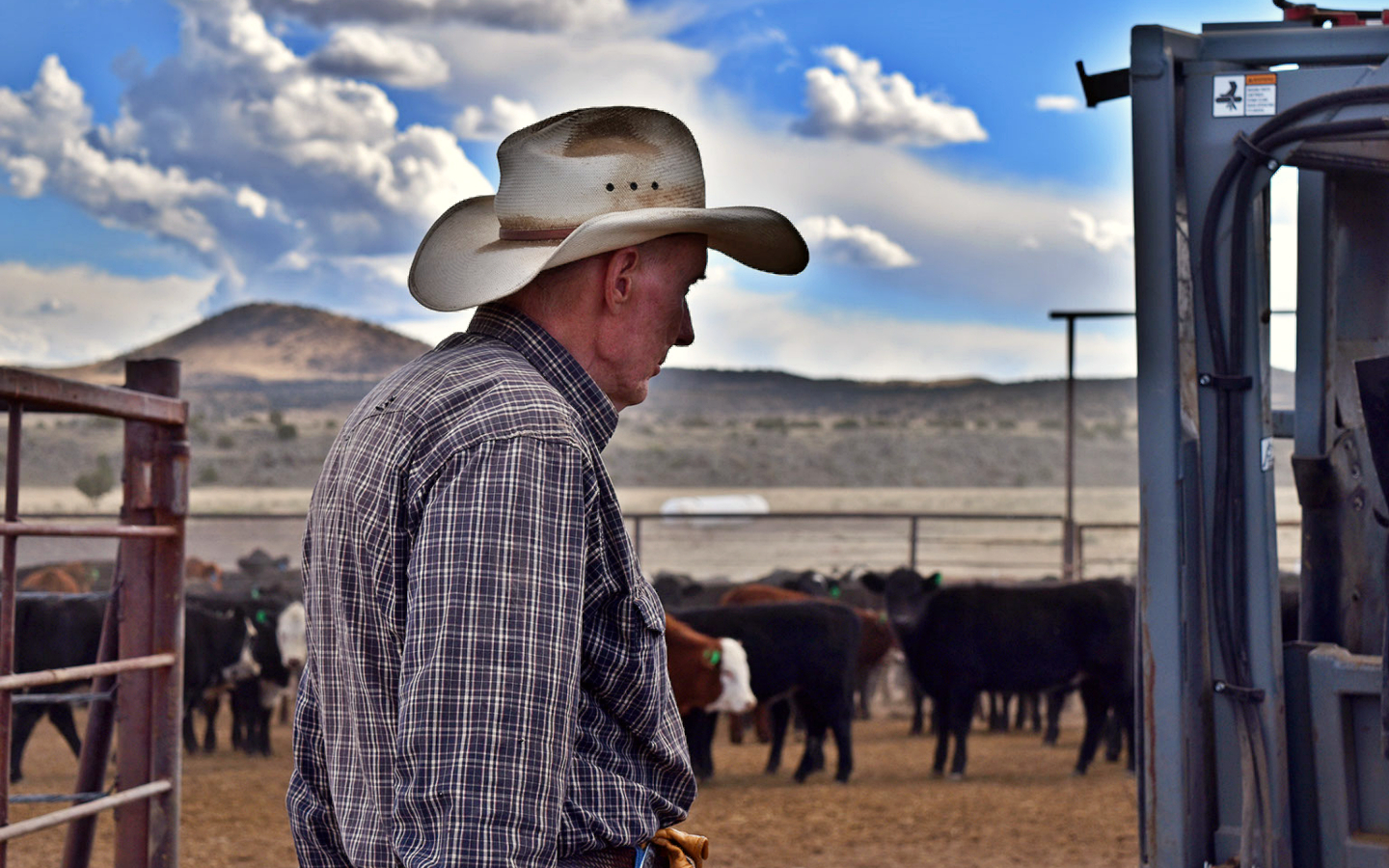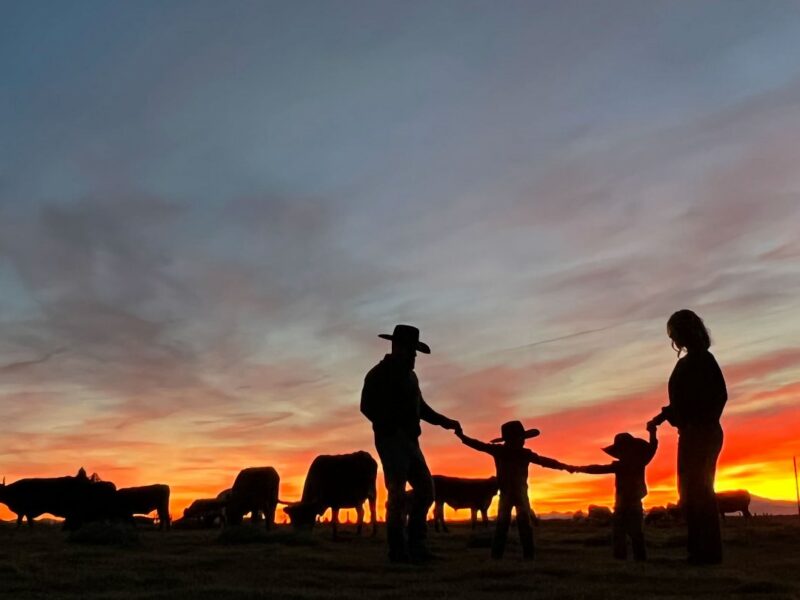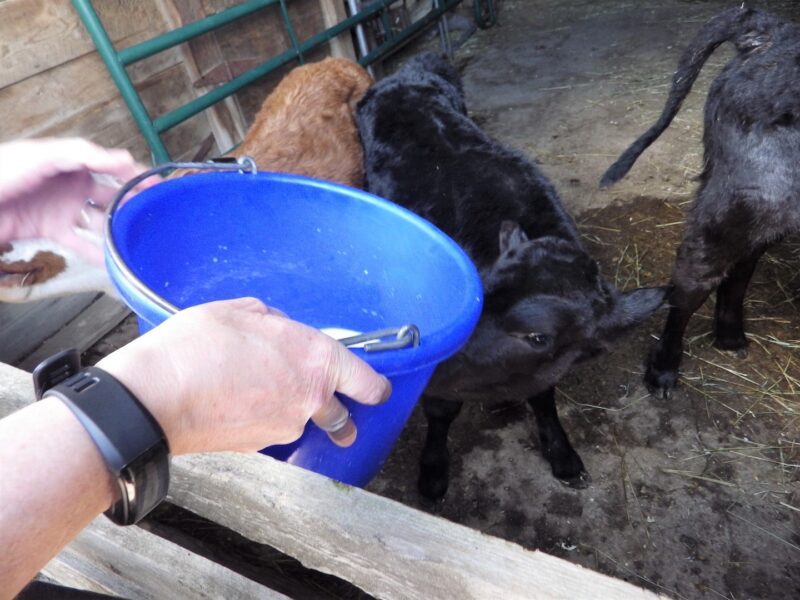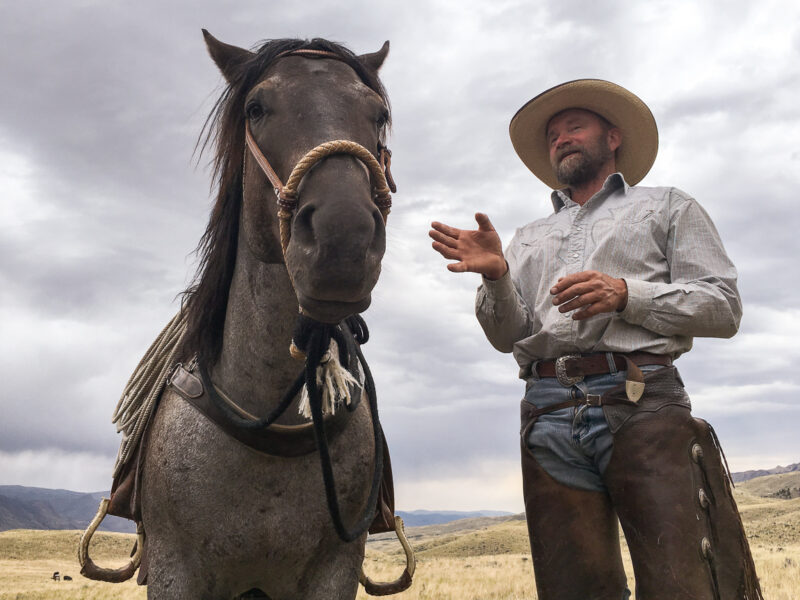Nelson. A human of the working wild
Humans of the Working Wild is a collection of stories from people in the West who are living, recreating and working with and among wildlife on working lands, lightly edited from their own spoken words. Humans of the Working Wild speaks across the rural-urban divide, sharing common human experiences on working lands that provide important wildlife habitat. We are inspired by one of the most successful profile series of all time, Humans of New York.
“It just struck my romantic sense. I remember being a little kid in Washington, D.C. on the National Mall at the Natural History Museum, and there was a diorama of Jaguars and it was a picture of two Jaguars lurking along a ledge looking down on a little Mexican ranch somewhere in northern Mexico. And the little sign on the diorama said these spotted varmints are hanging out in northern Mexico and Texas. That just boggled my mind that you had these big 200-pound cats that close to our southern border. I always remembered that.
“I finally decided on this [ranch] in New Mexico simply because it’s one of the most remote places in the lower 48. And it’s got a full complement of varmints with teeth and fur. I’m somewhat of a romantic from the standpoint where I thought, well, that’s pretty cool. But there was also, like a lot of things in life, a lot of things I didn’t know. One of the things I thought I could do was maybe by applying some husbandry, which everybody constantly talks about online and in print, that I could actually make a difference as far as my success in the presence of wolves in particular down there.
“I’m not sure I really love the wolves necessarily. I would say that I like the idea of things with fur and teeth prowling around. And I have to say, I still like that idea. I just have a little different view of what you have to do if you have things with fur and teeth eating your cattle…. Wolves coexist with their prey by killing them and eating them. That’s coexistence. In the same fashion, humans are a predator and we are protecting our animals that we’re responsible for taking care of or husbanding or whatever you want to call it. In the same fashion, it’s our obligation to protect the animals that we’re responsible for by killing wolves or bears when they start killing our livestock. And it doesn’t mean we’re wiping them out.note




Wolves coexist with their prey by killing them and eating them. That’s coexistence. … In the same fashion, it’s our obligation to protect the animals that we’re responsible for by killing wolves or bears when they start killing our livestock. And it doesn’t mean we’re wiping them out.
Nelson.
“I recognize that I’m more able to withstand the financial impact of losses from wolves. Like Anatole France said, ‘The law, in its majestic equality, forbids rich and poor alike to sleep under bridges, to beg in the streets, and to steal loaves of bread.’ I’m sure my forbearance of wolves is influenced by my ability to pay for their costs.
“You know, ranching to me, ranching in the Southwest or the West is more interesting because there are more challenges and it’s wild and I like that. But I’m sure I wouldn’t have figured out what I have learned unless I had actually done it. And by actually doing it, I mean all the time and all the effort and experience it took actually dealing with wolves on the ground not just for a few months, but for years and years and years, and then being able to look back and compare all those different experiences and all of the differences in the situations and everything else to come upon some of the conclusions that I’ve come to. One of the things that taught me is not just about large carnivores and ranching, but it also taught me something that I should have known, but I didn’t, which was when you’re talking about any business (and ranching being a business) or any practice, whether you’re a painter or a carpenter or you’re running a ranch or you’re running a small restaurant or whatever, people that are observant are always learning all the time. It isn’t everybody – I mean, a lot of people, they stop learning, I think, because they’re afraid to learn something new and do stupid stuff. Unfortunately, a lot of people as adults, they want to stop the stupid stuff because it makes them look stupid. But as long as you’re willing to look stupid as an adult, you can keep learning.
“I’m a real firm believer that to know what it’s like to break a leg, you have to break your leg… you have no idea what it’s like until you’re actually in the middle of it. And so, that’s the human condition. Everybody sympathizes. I’m just as guilty as anybody. When I’m thinking about a problem that I don’t have a lot of direct experience with, I’m basing my assumptions and my ideas on what I’ve read and what I’ve heard and then I form an opinion. But that’s it, I could be dead wrong, because I just don’t have a deep enough understanding of the issue or the information, or the reality of the situation, just being out there. Which, as you know, that’s pretty common in this field of ranching or carnivore management or any of that kind of stuff, and that’s the other unfortunate reality of running a business. People that are successful running businesses generally don’t write books. So the reality of how this actually works and what it takes to be successful in ranching or business usually ain’t in a book. The only way you learn it is by doing it. And also everything’s changing, every five years you have to change how you’re approaching things or you go out of business. So everything is constantly changing and the facts on the ground are different all the time.
“I’m a real firm believer that to know what it’s like to break a leg, you have to break your leg… you have no idea what it’s like until you’re actually in the middle of it. … So the reality of how this actually works and what it takes to be successful in ranching or business usually ain’t in a book. The only way you learn it is by doing it.
Nelson.
“In the process of creating any organization, including a ranch, you have to create the culture, you’ve got to create the goodwill and the confidence of everybody that’s working in it to work together and make it successful. And so one of these days when I’m pushing up daisies, I guess that’s the thing I’d be the most proud of is that we built an organization that provides for all these working families. And these days, you know, that’s not always a simple thing.”

note It is important to note that wolves are only removed by USDA Wildlife Services or after obtaining a permit through US Fish and Wildlife Service. ^





